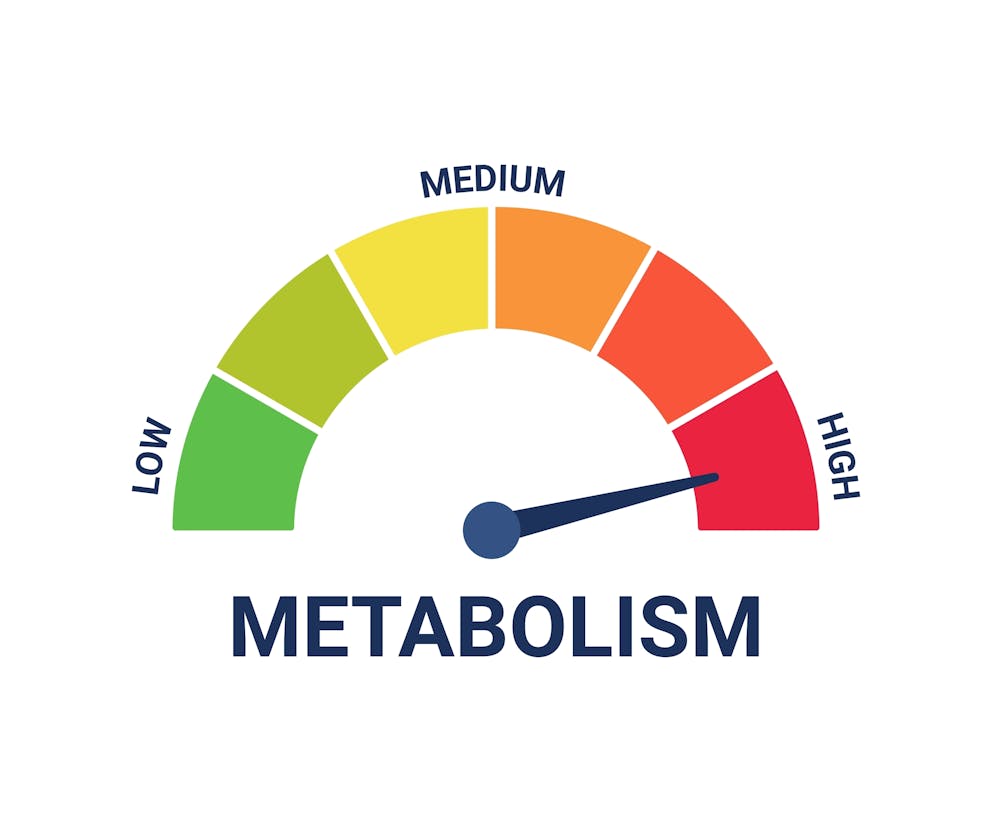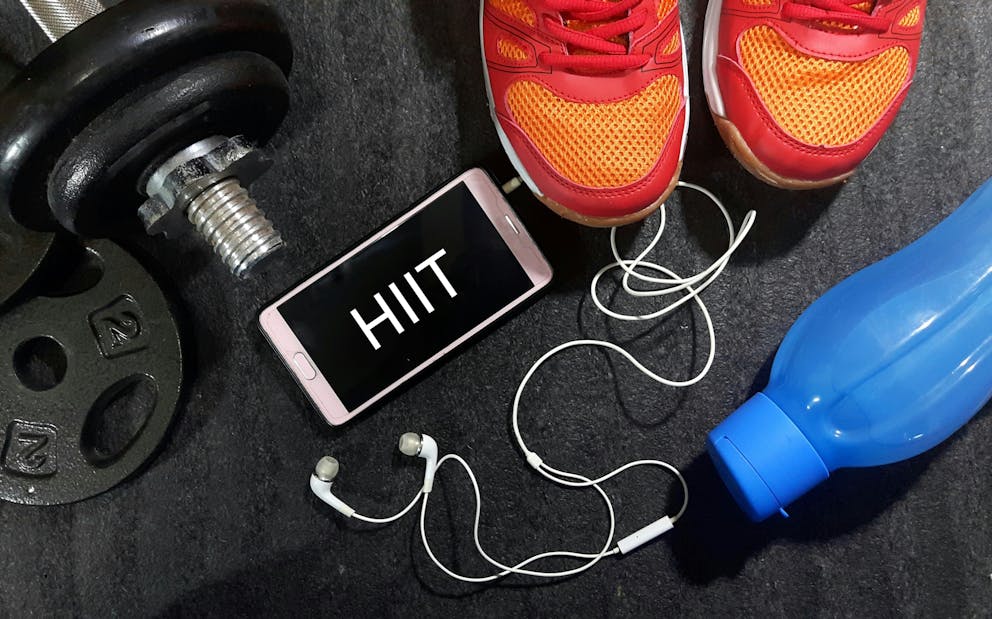Cardio vs. Strength Training: Health Benefits Compared
Cardio vs. strength training—what are their health benefits, and which is better?
While both cardio and strength training promote overall health, the type of workout best for you depends on your fitness level and performance goals.
Discover the health benefits of cardio and strength training and get answers to common questions for those looking to get fit.

What is cardio exercise?
Cardio is any workout that significantly increases your heart and breathing rate.
The goal of cardiovascular exercise, or aerobic exercise, is to get your body moving quickly and rhythmically. This engages the cardiovascular system and increases the heart rate to deliver more oxygen to muscle tissue needed to generate energy to sustain physical activity.
Cardio workouts include:
Swimming
Cycling
Rowing
Running
Fast walking
Hiking is also a popular cardio exercise that gets your blood pumping outside the gym.
HIIT basics
High-intensity interval training (HIIT) is another form of cardio training that helps your body burn more calories in less time. HIIT involves high-intensity, short-duration exercises with longer recovery periods.
Research published in the Journal of Strength and Conditioning Research compared the caloric expenditure in men doing HIIT exercises with other cardio workouts. The authors found that
30-minute HIIT sessions resulted in a higher calorie burn than 30 minutes of running or cycling.
A typical HITT workout incorporates multiple exercises and rest intervals and takes between 10 and 30 minutes to complete.
An example of a HIIT exercise is to perform jumping jacks for 30 seconds followed by resting for one to five minutes, depending on how long it takes for your heart rate to recover. Once your pulse has normalized, continue for two to six more sets.
There are many HIIT exercises that don’t require much equipment, including:
Jumping rope
Jumping jacks
Burpees
Kickboxing
Sprinting
Slam ball
Squats
Lunges
“Jumping, in general, is an easy HIIT exercise you can do at home. If you have stairs, you can jump up to the first step and back to the ground for a few seconds before resting,” explains Dr Berg.
Watch the video below to learn more about the differences between weight training and cardio exercises.
What is strength training?
Unlike cardio, strength training focuses on building muscle and strength.
This type of training is a form of anaerobic exercise, as muscle cells don’t require as much oxygen to fuel short bursts of intense activity. Instead, they utilize stored energy in the form of creatine phosphate and adenosine triphosphate (ATP), the body’s primary energy currency.
Strength training engages your muscles using heavy weights or resistance bands. This stimulates muscle fibers to grow stronger and increase in size, building muscle mass and tone.
Strength training, also called weight or resistance training, can be done using various types of equipment, including:
Free weights such as dumbbells, barbells, medicine balls, and kettlebells
Resistance bands
Weight machines including horizontal leg press, chest press, or lat pulldown machine
If you don’t have access to gym equipment, there are weight training exercises that can be performed using your body weight, such as push-ups, air squats, planks, or lunges.

4 benefits of cardio exercise
A cardio workout boosts endurance by conditioning and strengthening the heart and lungs, but it can also support other aspects of your health.
Here are four benefits of cardiovascular training.
1. Promotes a healthy body weight
Cardio burns more calories per session when compared to strength training.
According to data released by the Centers for Disease Control (CDC), an average-sized person will burn between 280 and 290 calories walking or cycling for one hour. In comparison, weight lifting for the same duration will burn only 220 calories.
Hiking burns around 370 calories per hour, 150 calories more than a moderate weight-lifting session.
Burning more calories promotes a healthy body weight by creating an energy deficit, where the body uses stored fat as a fuel source. This helps reduce excess body fat, improves metabolic function, and promotes a healthy body weight.
2. Supports heart health
Cardio workouts elevate the heart rate, which strengthens the cardiovascular system and lowers the risk of vascular issues and heart disease.
A study published in Frontiers in Cardiovascular Medicine explains, “Frequent exercise is robustly associated with a decrease in cardiovascular mortality as well as the risk of developing cardiovascular disease.”
Those who regularly engage in cardio exercises tend to have better blood pressure control than sedentary individuals and are at lower risk of diabetes, heart attack, and stroke.
3. Improves energy and mood
Aerobic activities trigger the release of endorphins. These feel-good hormones can boost your mood and help relieve stress.
Cardio can also help you feel more energized as it conditions the respiratory system and improves lung capacity. This allows for better cellular oxygenation, which is linked to optimal energy production.
4. Promotes strong immune defenses
Moderate cardio exercise, in combination with proper recovery time, has been shown to promote a healthy immune system.
A study published in Cellular Physiology and Biochemistry found that regular exercise enhanced the activation of immune cells associated with a lower risk of bacterial and viral infections.
However, cardio without adequate rest may have the opposite effect, potentially suppressing immune cell functions and making you vulnerable to disease.

5 benefits of strength training
While weight training builds muscle and improves strength, it can also positively affect your physical and emotional well-being.
Here are five benefits of strength training.
1. Builds muscle
Lifting weights puts resistance on muscle tissue, leading to microtears in muscle fibers. During recovery, the body deposits new protein strands around torn muscle fibers, making them thicker and stronger.
This process, known as muscle protein synthesis, is essential for muscle growth and strength development in response to weightlifting.
2. Improves bone density
Resistance training supports musculoskeletal health by putting a physical load on the bones, which stimulates bone building and increases bone density, according to a study published in Endocrinology and Metabolism.
Improved bone density helps strengthen bones, which is vital for preventing breaks or fractures.
In addition, strength training can decrease the risk of skeletal issues, such as osteoporosis and osteopenia, linked to bone pain, weakness, and poor posture.

3. Helps speed up metabolism
Though cardio burns more calories per session, a weight training workout can boost energy production and speed up your metabolism.
Muscle cells contain the highest concentrations of mitochondria, a cellular organelle that generates energy. Increased muscle mass leads to higher numbers of mitochondria, which enhances the body's overall energy production capacity and ramps up metabolic processes.
4. Supports mental health
Like cardio, resistance training releases endorphins that can alleviate stress. In addition, strength training has also been shown to improve mood disorders, including anxiety and depression.
A study published in Deutsches Ärzteblatt International investigated the impact of strength training on mental health and found that regular resistance workouts can reduce symptoms in individuals with moderate depression.
Building strength can also improve self-esteem, increasing confidence in both men and women of all ages.
5. Helps prevent injuries
Weight training builds stronger muscles and bones that support your joints and help prevent injury to the knees, hips, neck, and back.
Strength exercises also help improve coordination, dexterity, and balance, thereby reducing the risk of falls and injuries, especially in older adults.

Cardio vs. strength training: benefits compared
Whether cardio or strength training is better depends on your fitness goals, activity level, and health considerations that may impact your performance.
Cardio burns more calories and supports heart health while reducing the risk of diabetes, heart attacks, and other health concerns.
In contrast, strength training builds muscle and bone density, strengthening and toning your body while burning fat.
Both cardio and strength training support better moods and mental health, though evidence suggests that resistance training is specifically beneficial for relieving symptoms of depression.
Considering the advantages of both types of exercises, regularly incorporating both cardio and strength training into your routine may offer the most comprehensive benefits for overall health.
HIIT exercises combine the best of both worlds by increasing your heart rate and strengthening your lungs while targeting specific muscle groups.

Key takeaways
Cardio vs. strength training—is one better than the other?
Both types of exercises burn calories, improve mental health, and increase endurance and strength. While cardio burns more calories per session, weight training focuses on building muscle tone.
Combining cardio and resistance training through HIIT exercises is ideal for promoting cardiovascular health, muscle strength, endurance, and overall fitness.
FAQ
1. Cardio vs. strength training—which is better?
If your goal is to burn more calories, cardio may be best. However, strength training is the better choice if you want to build muscle.
High-intensity interval training (HIIT) combines cardio exercises and weight lifting, making it an excellent option to promote cardiovascular health while improving endurance and building muscle.
2. Should I do cardio or weight lifting first?
To build muscle, lift weights first and finish with cardio exercises. To increase endurance, start with a cardio workout followed by lifting weights.
3. Is weight lifting or cardio better for weight loss?
You can use cardio or strength training to promote weight loss, though cardio burns more calories than lifting weights. Additionally, HIIT exercises can burn 25 to 30 percent more calories than traditional cardio sessions, which enhances fat burning and promotes weight loss.
4. Can you lose weight by lifting weights alone?
Yes, you can lose weight by lifting weights alone. Weightlifting changes your body composition, burning fat and building muscle simultaneously.
However, muscle tissue replaces fat, and your weight may not fluctuate significantly. Therefore, relying on the scale to measure fat loss may not accurately reflect the positive changes in body composition.
5. What is the best cardio exercise for weight loss?
HIIT exercises burn 25 to 30 percent more calories than regular cardio sessions.
HIIT involves repetitions of short bursts of intense movement followed by a rest period to normalize the heart rate. Some of the best HIIT exercises include jumping rope, burpees, or sprinting for 30 seconds, followed by resting for one to five minutes.
Sources
Previous blog
What Is Excess CarbsTags

Popular
08/31/2023
12K views
08/31/2023
14.8K views
08/31/2023
147K views
03/18/2024
11/21/2022




